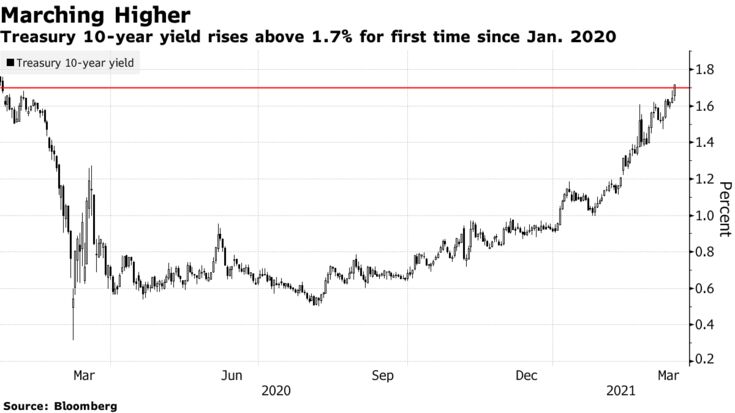It looks like you're new here. If you want to get involved, click one of these buttons!
First, fraudsters load up on ultracheap shares of a small stock hardly anyone trades. Then comes the pump: They pitch the stock as one with hot prospects, spreading around positive information to push up its price. Finally, there’s the dump: After the price jumps higher, the perpetrator sells and leaves the new buyers holding a mostly empty bag.
“It’s all just a pool filled with sharks,” said Urska Velikonja, a law professor who studies securities regulation at Georgetown University Law Center. “It’s where the unwary go to get eaten.”
Penny stock booms tend to occur during raging bull markets, when greed abounds. They were hot in the 1980s, when the arrival of cheap, long-distance telephone service gave rise to brokerage firms that specialized in high-pressure, cold-call pitches of worthless stocks.


Nick Maggiulli Article:Based on his words, Grantham is predicting that U.S. stocks will be below where they were in the summer of 2020 at “some future date”. When Grantham penned this prediction (January 5, 2021), the Dow was at 30,200. The lowest the Dow got during the summer 2020 was about 25,100 (17% lower than 30,200).
This means that Grantham was calling for at least a 17% (or larger) correction at some point in the future. If we picked a random trading day since 1915, what’s the probability that the Dow would be down 17% (or more) at some point in its future?
53%.
Grantham’s prediction is no better than a coin flip. How’s that for intellectually demanding?
Tell me about it. Don't I know it. I will be interested in your own responses to your own questions.@davidmoran in this economy... with the wealth of investment choices... Why.... “have a lot of money earning zero too”?
That’s not criticism ... I’m trying to learn what I don’t know. I’m looking out for a family member and asking the same questions... re investments and this market and conditions we are in.
YTD S&P 500 is up 5.50%
© 2015 Mutual Fund Observer. All rights reserved.
© 2015 Mutual Fund Observer. All rights reserved. Powered by Vanilla